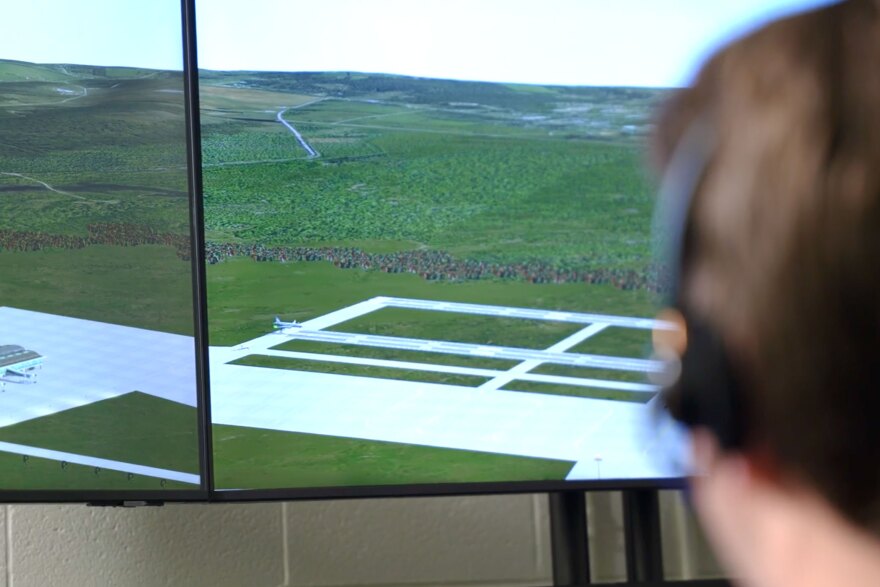The federal government is open again, but Utah’s air travel may remain snarled for the foreseeable future.
Transportation Secretary Sean Duffy announced Nov. 12 that flight reductions will stay in place at 6% as the Federal Aviation Administration continues to monitor national staffing levels. The same goes for air travel in Salt Lake City.
“The Department of Transportation has indicated that they don't have all of the air traffic control workers back, and so it will take some time before they are back in the saddle,” said Salt Lake City International Airport Communications Director Nancy Volmer. “It takes time to get these flight schedules back to normal.”
Volmer said the airport has not had any additional conversations with the FAA about how long flight reductions will be in place.
Even before the longest government shutdown in history, there was already a shortage of air traffic controllers. It’s something that’s felt across the airline industry.
The FAA faces a shortage of roughly 3,000 air traffic controllers. The shutdown did not make the situation any easier, with no pay, pressure from President Donald Trump and the ordered flight reductions. The country’s biggest travel hubs, including Salt Lake, felt it. But what about the smaller municipal and regional airports?
“There's a lot of airports that would love to have [air traffic control] because it does increase your safety,” said Travis Biggs, president of the Utah Airport Operators Association and manager of the Heber Valley Airport.
Outside of SLC International, Biggs said the need for additional controllers is most acute at a place like Spanish Fork, a busy municipal airport without a dedicated control tower. An abundance of flight schools and proximity to a larger airport in Provo with commercial flights mean a crowded airspace.
“There's just a lot of planes in the pattern,” he said. “In that congestion, that's where your likelihood of having an incident or an accident or something like that between aircraft could happen.”
It’s something a new program at Utah State University in Logan is trying to address. Here in the classroom, students look like they’re parked in front of a complicated video game, but it's actually part of the school’s air traffic control minor.
“I haven't had to sell it,” said assistant professor and former air traffic controller Aaron Whittle in a video from the school. “The students just love it.”
Now in its second year, students use the simulator to learn what it takes to make sure aircraft get to where they’re headed safely.
“[The controller shortage has] been that way for years, and so we're trying to stand where we are and make a difference from where we're at,” Whittle said. “We've had four individuals get accepted by the FAA that are currently in the process of becoming air traffic controllers.”
Whittle said the goal of the program is not solely to develop new talent — the FAA has strict standards and oversees the hiring and training for those jobs — but he’s been encouraged by how students have gravitated toward the classes. Overall, more than 160 students have participated since it was first offered last fall.
An aviation student in the university’s video, Jacob Ivie, admitted his goal was to fly for an airline after graduation, but he saw the value of the experience gained in the simulator.
“It shows you all the opportunities that are out there in aviation beyond just flying the planes,” he said in the video. “It might help change a couple people's minds and make some new controllers.”
The simulator provides students with an environment where they can practice the complex procedures and phraseology necessary in aviation without the added stress and risk of a real-world scenario.
USU’s program isn’t sending fully fledged controllers out into the world, but it is, at least, a first step to exposing students to a possible career.
Becoming an air traffic controller is a long and arduous process, according to the FAA. There’s a lengthy list of medical requirements and security clearances to meet to be considered for training, including being younger than 31 years old. Even then, less than 10% of applicants are accepted into the program. After completing the initial courses, applicants can expect 2-3 more years of education before they become certified air traffic controllers.





